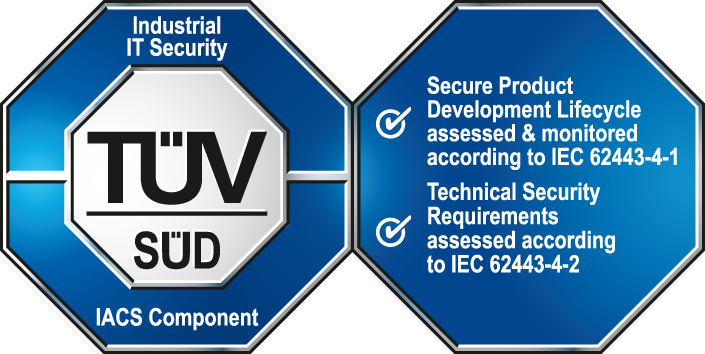Conversion of Virtual Environments - VMWare to Proxmox
This chapter provides a guide for converting the VM Ware based VM's to a ProxmoxVE.
For a properly working Proxmox VE some configurations of the VMWare based VM Templates are necessary. Follow the instructions below to migrate the VM's based on the operating system used.
Windows Systems
- Copy the VM.
- Execute the specific configuration steps on the VM:
- Uninstall the VMWare Tools.
- Install the Virtio Drivers and Tools.
- Manually delete VMware Tools installation files found in these locations.
Note:Select the appropriate user and username on the machine in the path.
C:\Program Files\VMwareC:\Program Files\Common Files\VMwareC:\Program Data\VMwareC:\<users>\<username>\App data\VMware
- Start Regedit with
HKEY_LOCAL_MACHINE\SYSTEM\CurrentControlSet\services\. - Delete all VMware related drivers including vmci, vm3dmp, vmaudio, vmhgfs, vmmemctl, vmmouse, VMRawDisk, VMTools, vmusbmouse, vmvss, vmware physical disk helper services and any VMwareCAF*.
- Delete VMware.Inc from Regedit in
HKEY_LOCAL_MACHINE\SOFTWARE\VMware.Inc. - Delete the same driver under
C:\Windows\System32\Drivers\. - Remove the VMware SVGA driver from Device Manager.
- Delete all vm3d*.* files under
C:\Windows\System32\. - Install the latest virtio drivers & tools (it also installs the QEMU guest agent and the Spice tools and drivers) from Virtio.
- Shutdown the VM and Export the VM in vCenter (via right click on ).
- Copy the OFV template to the Proxmox Datastore.
- Import the OFV template, eg:
qm importovf 100 /mnt/USB/PVE-OL9WINCCOA/PVE-OL9WINCCOA.ovf san1. - Change the hardware to:
- CPU: x86-64-v2-AES (Linux) kvm64 (Windows)
- BIOS: OVMF (UEFI)
- Display: Spice (qxl)
- Machine: pc-q35 (latest)
- SCSI Controller: VirtIO SCSI single
- Network device: VirtIO (paravirtualized), disable Firewall
- Harddisk: Enable IO thread, Async IO: native
- Add EFI disk.
- Add TPM module.
- Under Options enable QEMU Guest Agent.
- Startup the VM.
Linux Systems
- Copy the VM.
- Execute the specific configuration steps on the VM:
- Uninstall open-vm-tools:
-
- Debian:
sudo apt puge open-vm-tools. - RHEL:
yum remove open-vm-tools.
- Debian:
- Install qemu:
-
- Debian:
apt-get install qemu-guest-agent. - RHEL:
yum install qemu-guest-agent.
- Debian:
- Execute
systemctl enable qemu-guest-agent. - Execute
systemctl start qemu-guest-agent. - Execute
dracut --force --add-drivers "virtio_balloon virtio_scsi virtio_console virtio_net virtio_pci".
- Shutdown the VM and Export the VM in vCenter (via right click on ).
- Copy the OFV template to the Proxmox Datastore.
- Import the OFV template, eg:
qm importovf 100 /mnt/USB/PVE-OL9WINCCOA/PVE-OL9WINCCOA.ovf san1. - Change the hardware to:
- CPU: x86-64-v2-AES (Linux) kvm64 (Windows)
- BIOS: OVMF (UEFI)
- Display: Spice (qxl)
- Machine: pc-q35 (latest)
- SCSI Controller: VirtIO SCSI single
- Network device: VirtIO (paravirtualized), disable Firewall
- Harddisk: Enable IO thread, Async IO: native
- Add EFI disk.
- Add TPM module.
- Under Options enable QEMU Guest Agent.
- Startup the VM.



